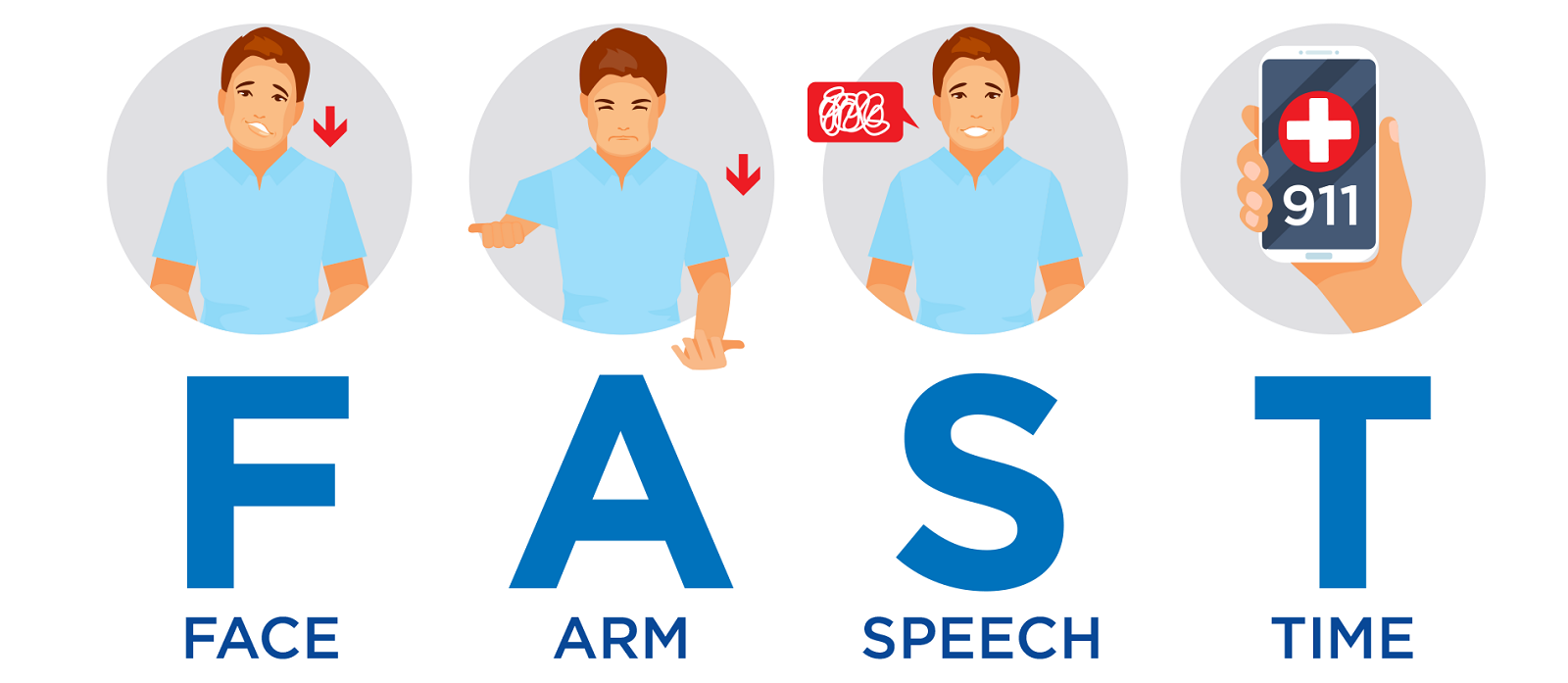Act FAST: How Bystanders Can Be Stroke Heroes
Published Wednesday, July 2, 2025

According to Canadian Stroke Best Practices, stroke remains one of the leading causes of death and disability worldwide, with 1.9 million brain cells lost every minute a stroke goes untreated. Despite advancements in acute stroke treatments, delays in recognizing symptoms and initiating emergency care persist. Bystanders have a critical role in the public when it comes to identifying stroke signs and activating 911.
Bystanders are more effective at recognizing stroke symptoms in others compared to individuals experiencing a stroke themselves. Several factors contribute to this discrepancy:
- Knowledge of symptoms - Studies show that bystanders are more likely to identify core stroke symptoms, such as speech difficulties and arm weakness.
- Perception of seriousness - Bystanders tend to perceive stroke symptoms as more serious than patients do. This difference often leads bystanders to act more promptly, such as calling emergency services.
- Self-Awareness challenges - Stroke patients often experience cognitive or physical impairments that hinder self-recognition of symptoms. Conditions like post-stroke cognitive decline or frailty can make it difficult for patients to assess their own condition accurately.
- Faster response - Bystanders are less likely to "wait and see" if symptoms improve spontaneously, leading to quicker hospital arrivals for patients without self-awareness of their symptoms.
“Every second counts,” states Marika Listenmaa, Deputy Chief of Professional Standards Superior North Emergency Medical Services. “Our paramedics are skilled at recognizing the signs, acting fast and giving patients a fighting chance. Recognizing a stroke is not just a job for paramedics – it starts with you. When the public knows the signs, lives are impacted even before paramedics arrive. Our paramedics do also play a pivotal role in helping educate community members in seeing the signs and what to do. Stroke awareness is the easiest thing to learn that can make the biggest difference. Take a minute, learn the signs, change a life.”
Recognizing stroke symptoms is critical to receive time sensitive stroke treatments.
Bystanders play a pivotal role in bridging the gap between symptom onset and hospital arrival, ensuring a person with stroke symptoms receive timely care. Learn to spot the signs of stroke with the acronym BE-FAST: facial droop, one-sided arm or leg weakness and/or slurred or garbled speech, are the three most common stroke symptoms, with the addition of sudden balance concerns and vision changes in the eyes. T for time to call 911 immediately. The bystander effect in stroke emergencies underscores the importance of community awareness and education.
Donations supporting stroke care can be directed to the STROKE FUND through the Thunder Bay Regional Health Sciences Foundation at healthsciencesfoundation.ca/donate or by calling 807-345-4673.
For more information on stroke care in Northwestern Ontario, visit www.nwostroke.ca or email nwostroke@tbh.net.